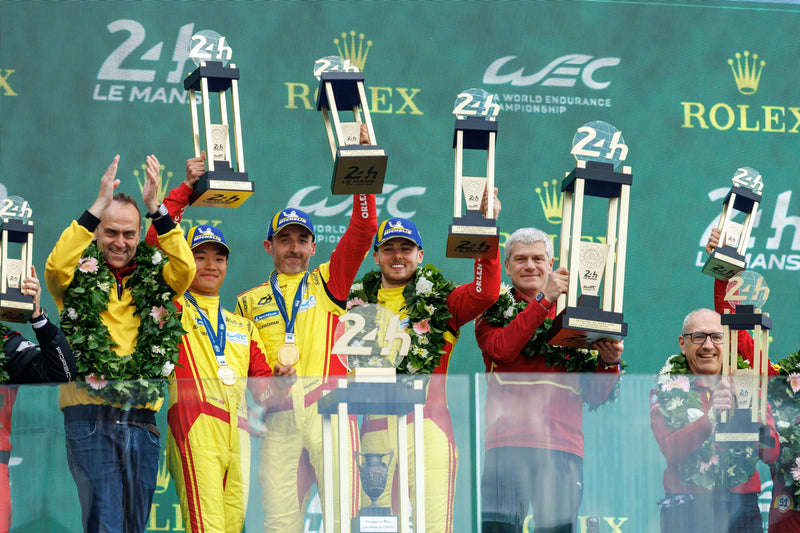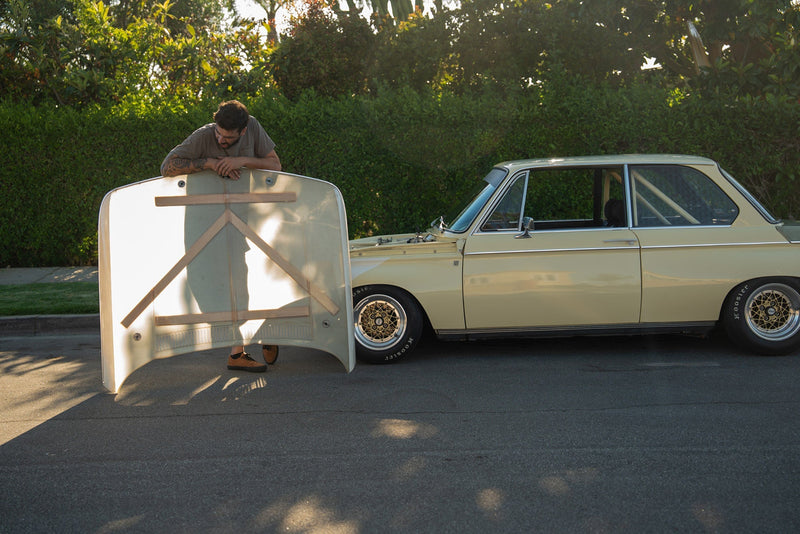By the way that’s ‘21C’ as in ‘21st Century’, and is neither a nod to McLaren’s 2011 supercar nor Sauber’s 2002 Formula 1 contender. All clear? Okay, cool, moving on.






Having already teased that its “strong hybrid powertrain” has been produced in-house,Czinger has now confirmed the 1,250hp will be produced by a mid-engined, 2.88-litre, flat crank V8 boosted by a pair of turbochargers. Two electric motors meanwhile power the front wheels, and are connected to a crank-driven generator and lithium-titanate batteries.
Power from the V8 is sent screaming to the rear wheels via a seven-speed automated manual transmission. That’s not clichéd hyperbole on our part, by the way, as Czinger has confirmed a positively insane 11,000rpm red line. Throw in a dry weight of 1,183kg (2,608lb), which we’ll come back to in a second, and that’s a power-to-weight ratio on par with the Koenigsegg One:1.
Hardly surprising then that, with a particularly strong set of lungs at its disposal, the 21C will hit 0-100kph in just 1.9 seconds, 0-300kph in 15 seconds, and 0-400kph in staggering 29 seconds en-route to a skull-quivering 432kph at full chat. We’re starting to wonder whether the 21C actually stays where it is and just rotates the earth around it…
If you’re of the opinion though that a ballistic 432kph hypercar is just a little over the top, then you could instead opt for the snazzily titled 21C ‘Lightweight track configuration’. Yes, it boasts the same 1,250hp power output, but the top speed has now been limited to ‘just’ 380kph. That’s largely because the track model weighs 32kg less than its road-going counterpart, produces an ADDITIONAL 540kg of downforce at 250kph, and aims to provide lateral G on-track capable of turning your internal organs into a fine pâté.








Another thing to mention is the “iconic design” of the 21C, something of whichCzinger is very keen to remind us given that the hateful expression appears new fewer than five times in the company’s official press material. Admittedly though, the 21C is a handsome brute. Light too. Peel back the bodywork and you’ll find a lightweight chassis that combines carbon fibre and aluminium, large swathes of which have been designed and then 3D-printed in an effort to optimise strength and save materials.
One of the more notable elements of the design though is the ‘1+1’ seating, in which the passenger sits directly behind the driver in an effort to shrink-wrap the cabin around the occupants, thus improving the aerodynamics. I got in trouble last time for making a Renault Twizy comparison, so try to think of it more like a jet fighter.
Is this America’s answer to the McLaren Speedtail and Aston Martin’s Valkyrie? We’ll have to wait and see. You may want to move fast if you’re interested in purchasing the 21C though, as only 80 – 25 for the track, 55 for the road – will be made in total.
*Images courtesy of Czinger




















































